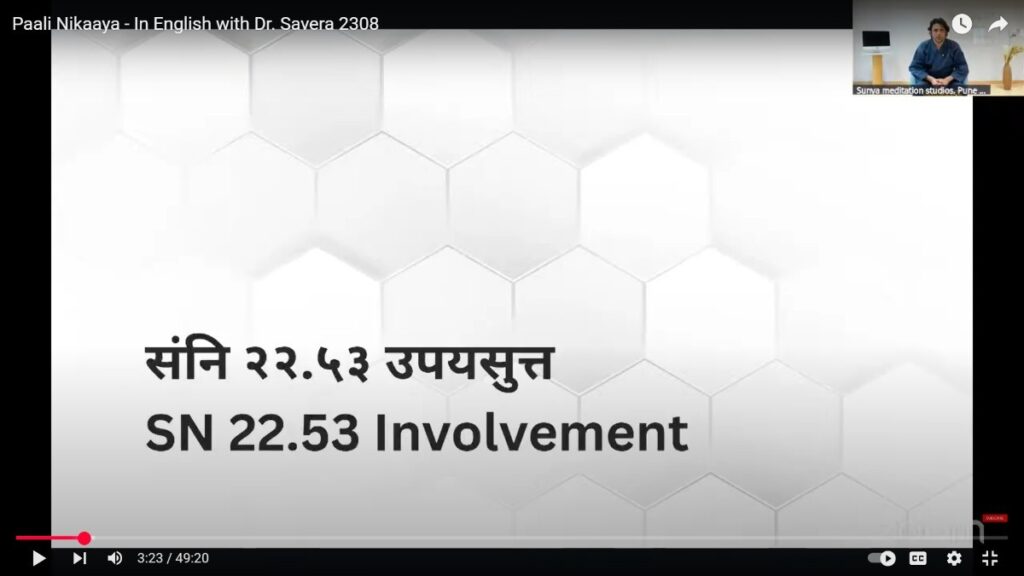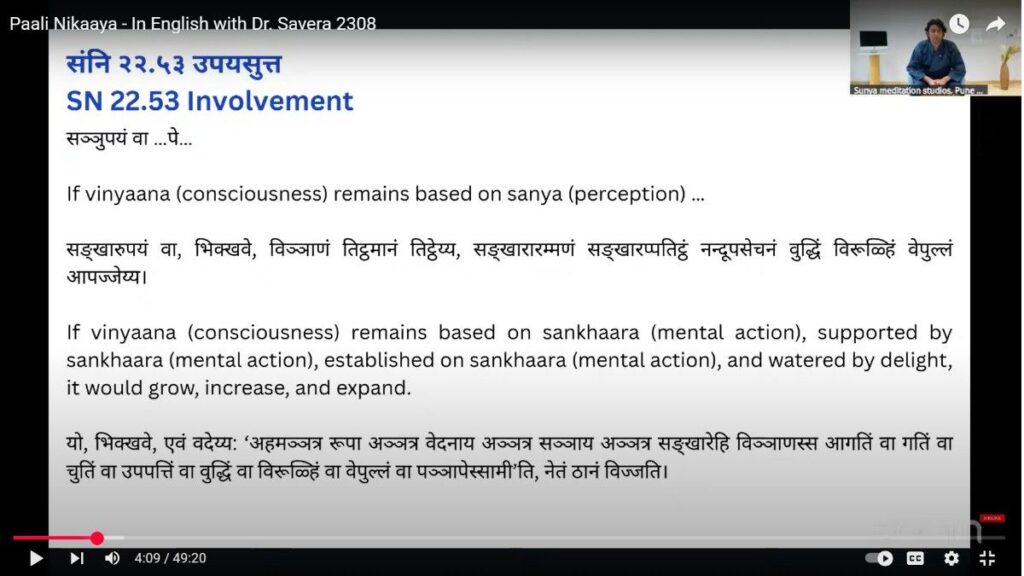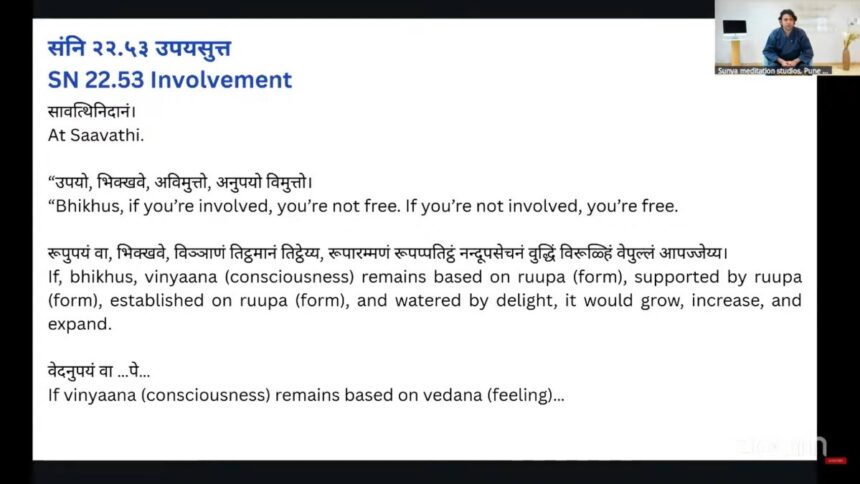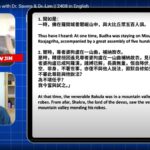Date: 23-08-2025
Location: Online Session
On August 23rd, an insightful online session was conducted by Dr. Rajesh Savera and Datuk Lim Siow Jin, reflecting on a profound teaching of the Buddha from the Saṁyutta Nikāya (22.53). Delivered in Sāvatthī, this discourse centers on the nature of freedom and the path to liberation through non-attachment. The Buddha’s statement—“If you are involved, you are not free. If you are not involved, you are free.”—captures the essence of inner release and remains deeply relevant even today.

The Trap of Attachment
The Buddha explained that when consciousness is rooted in physical form—supported by it, dependent upon it, and nourished by emotional pleasure—it continues to grow. This growth, however, is not liberating; it fuels the cycle of suffering, craving, and rebirth. Involvement here refers to clinging, whether to body, feelings, perceptions, mental formations, or consciousness itself.
Such attachment keeps the mind entangled, constantly seeking delight and reinforcement, but also inevitably encountering dissatisfaction and pain. This is the reality of dukkha—stress and suffering born from clinging to what is impermanent.
The Power of Letting Go
True freedom, as the Buddha emphasized, is not found in adding more experiences, but in releasing attachment to them. When the fuel of craving and delight is withdrawn, the cycle of becoming weakens. Consciousness no longer binds itself to conditioned phenomena, and instead, the mind finds peace in spacious awareness.
Letting go does not mean indifference or neglect—it is the recognition that freedom arises when we stop identifying with what is impermanent. By loosening the grip of craving, we create space for stillness, clarity, and genuine joy unconditioned by external circumstances.
Practical Relevance for Modern Life
This teaching is not merely a lofty philosophy; it is a practical guide to everyday living. In our busy lives, we often get caught up in work, relationships, possessions, and ambitions, believing they define who we are. Yet, the more tightly we cling, the more fragile and restless we become.
Practicing mindfulness helps us notice these attachments. By observing desires, emotions, and thoughts without being consumed by them, we gradually discover the quiet freedom of non-involvement. Whether in moments of stress, conflict, or craving, the practice of pausing, breathing, and letting go allows us to experience the peace that the Buddha described.

Conclusion
The Saṁyutta Nikāya 22.53 points directly to the heart of the Dhamma: freedom through non-attachment. The Buddha’s words—“If you are involved, you are not free. If you are not involved, you are free.”—remind us that true liberation begins when we stop fueling the cycle of craving and clinging. By practicing awareness and letting go, we open the door to deep peace and unshakable freedom—a timeless teaching as relevant today as it was in ancient Sāvatthī.
To Watch Full video click on this link below
https://www.youtube.com/watch?v=GFj8YPUKMhg&t=249s




